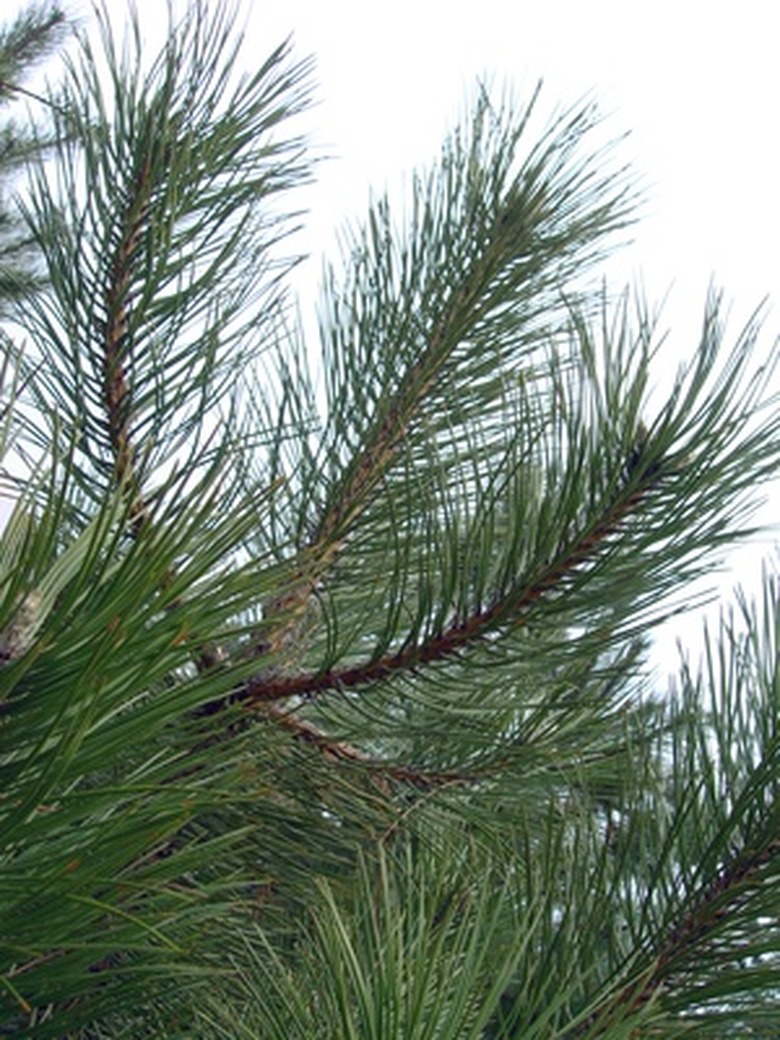Iron Fertilizer For Trees
Iron fertilizers are generally indicated to treat chlorosis. Homeowners should rule out other causes of leaf yellowing, including insect infestations, disease or over-watering, before applying iron fertilizers, according to Utah State University Forestry Service.
Indications
Homeowners apply an iron fertilizer typically to treat chlorosis. This disease causes the leaves of the tree to turn yellow while the veins remain green. Left untreated, the condition worsens over time and may eventually kill the tree.
Causes
Trees may have an iron deficiency if a soil test indicates a pH level above 7.0. Alkaline soils are common throughout the western and midwestern United States and are more prevalent in dry areas, as well as urban areas where construction materials increase alkalinity, according to the South Dakota State University Extension. High pH levels tie up iron in the soil, making it unavailable for plants. Manganese absorption may also be affected. Compacted, heavy clay soils remove oxygen from the soil, making the problem even worse.
- Iron fertilizers are generally indicated to treat chlorosis.
- Homeowners should rule out other causes of leaf yellowing, including insect infestations, disease or over-watering, before applying iron fertilizers, according to Utah State University Forestry Service.
Iron Fertilizers
Iron fertilizers come in several forms. Granular sulfur applied to the soil lowers the pH level, making iron more available. Iron chelate is an iron fertilizer that remains soluble when applied to alkaline soils. Foliar sprays apply iron chelate directly to the trees leaves. Lastly, liquid or capsule iron fertilizers are injected or implanted directly into the trees if other methods fail.
Considerations
Iron chelate is applied by spreading on the soil or by drilling holes in the soil and inserting the fertilizer. Benefits aren't usually seen until the following year. Foliar sprays are applied when new leaves form, but only affect current leaf growth. Several applications are usually required. Foliar sprays may stain brick and concrete. Injections and implants require drilling into the tree trunk and should be considered only after other methods, as these methods may cause injury and decay to the tree. The effects of injections and implants are seen almost immediately and last for several years. A professional arborist should be called to administer injections, according to South Dakota State University Extension.
- Iron fertilizers come in several forms.
- Foliar sprays are applied when new leaves form, but only affect current leaf growth.
Prevention
Treating trees for chlorosis is time-consuming and often ineffective. The best prevention is to avoid planting trees prone to the disease in alkaline soils. Pin oak, birch, silver maple, red maple, walnuts, pines and some apples are prone to the disease, according to South Dakota State University Extension.
